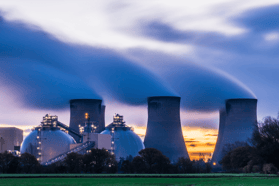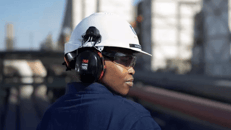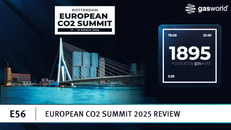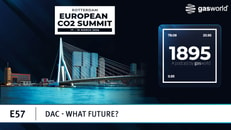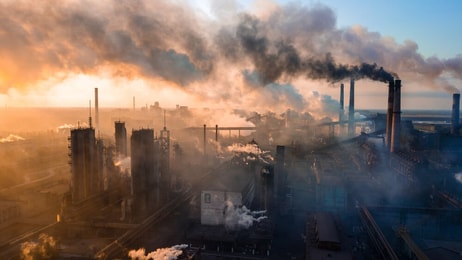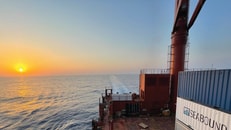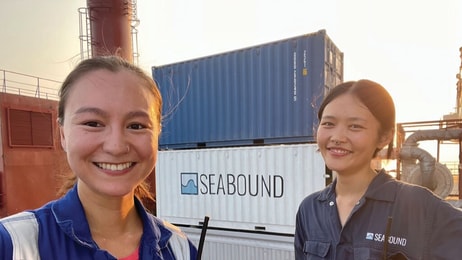Plasma process challenges CCS as D-CRBN scales up carbon reuse technology
Belgian firm D-CRBN is developing a circular carbon utilisation model that converts waste carbon dioxide into carbon monoxide using plasma technology.
With partnerships spanning upstream CO2 suppliers and downstream offtakers, the company is now scaling towards a commercial demonstration targeting 10,000 tonnes per year.
The momentum behind alternatives like D-CRBN comes as Europe’s gas landscape undergoes a period of upheaval.
... to continue reading you must be subscribed






